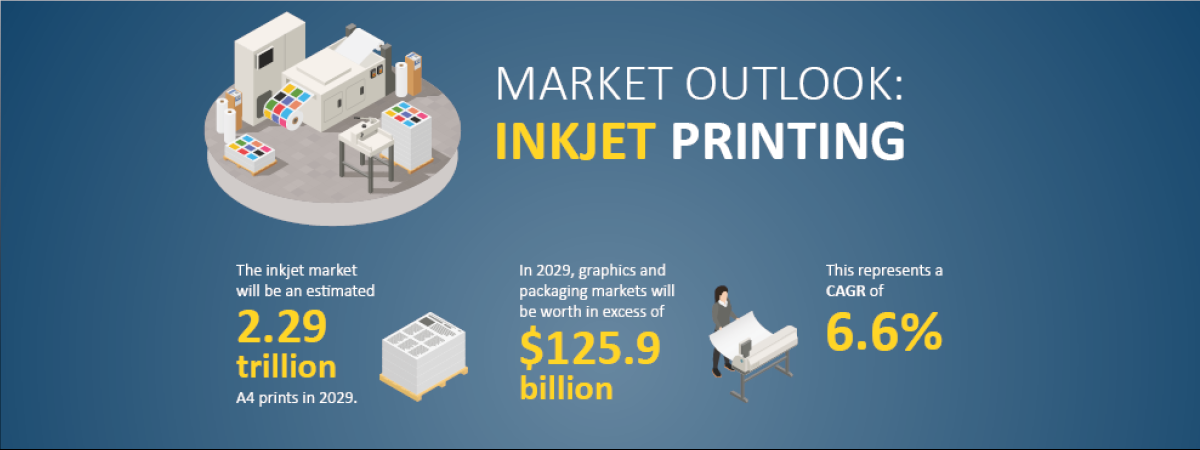11 September 2013

Ambiguity and the meaning of dismissal
The difference between a dismissal and a 'mutually agreed termination' is a point often tested in UK employment law. The fallout for an employer for mistakenly thinking a dismissal is a termination agreed between them and the employee, can be quite disastrous.
The Employment Appeals Tribunal (EAT) recently gave a good example on distinguishing the two situations in the case of Francis v Pertemps Recruitment.
Here Mr Francis was employed by the employment agency Pertemps, though his day-to-day work took place at a client employer of Pertemps, the identity of which was specified in his contract of employment.
The day then came when the client employer no longer had need for Mr Francis' services. Pertemps therefore offered Mr Francis two options. Option one was two weeks' notice with the agency seeking to find him fresh employment with a view to Mr Francis' working for a new Pertemps client. Option two was the same two weeks' notice in addition to a redundancy payment.
At first Mr Francis went for option one, however then changed his mind and requested the redundancy payment of option two. Pertemps human resources department wrote to Mr Francis confirming that his position had therefore been made redundant and that he was to treat the same correspondence as his formal notice of redundancy. In addition the same letter told him that he had a right of appeal against the decision to "terminate his employment". Mr Francis did appeal the decision however this was not upheld by Pertemps.
Mr Francis subsequently claimed unfair dismissal on the basis that there had been no consultation prior to his redundancy taking place. Pertemps argued that there was no dismissal at all and that Mr Francis had chosen to leave its employment and so the relationship had ended via mutual agreement.
The original Employment Tribunal (ET) accepted the argument of Pertemps in the first instance, however the EAT subsequently overturned that decision on appeal. The key question the EAT considered was whether or not there was a dismissal; this turned on whether the contract of employment had been terminated by Pertemps.
The 'silver bullet' to the argument put forward by Pertemps was ultimately the language used in the human resources letter to Mr Francis confirming his employment had been terminated. Taken literally there was no other realistic way of interpreting the situation; that the dismissal was implemented by Pertemps. Mr Francis obviously could not terminate himself by reason of redundancy!
Pertemps did however argue in vain that the language used in the relevant letter were "loose terms" not intended to have their formal meaning in employment law, and that the offered right of appeal was "meaningless". The EAT unsurprisingly did not accept this logic.
Conclusion
It follows that close attention should be paid to the language used in official correspondence terminating an employee. Here the employer had arguably very good intentions in seeking to offer flexibility and a 'creative' legal solution to a problem; the disaster came in how badly that solution was implemented. Quite clearly Pertemps should have taken outside professional legal advice which would on balance have caught the problem before it became such.
 Intergraf Economic News (Paper Prices) - March 2024
Intergraf Economic News (Paper Prices) - March 2024
18 March 2024
Access the latest edition of the Economic Newsletter for the European Printing Industry for data on paper consumption, and pricing data for pulp, paper and recovered paper. Data for packaging papers and board is also available with this edition.
 UK to follow global expansion of inkjet printing
UK to follow global expansion of inkjet printing
21 March 2024
The latest expert analysis from Smithers identifies the potential of the latest generation of inkjet systems to improve profitability across the global print market. Read more about the new report The Future of Inkjet Printing to 2029.
The BPIF is the printing industries champion. By becoming a member you join a diverse and influential community. We help you solve business problems, connect you to new customers and suppliers and make your voice heard in government.
Call 01676 526030









